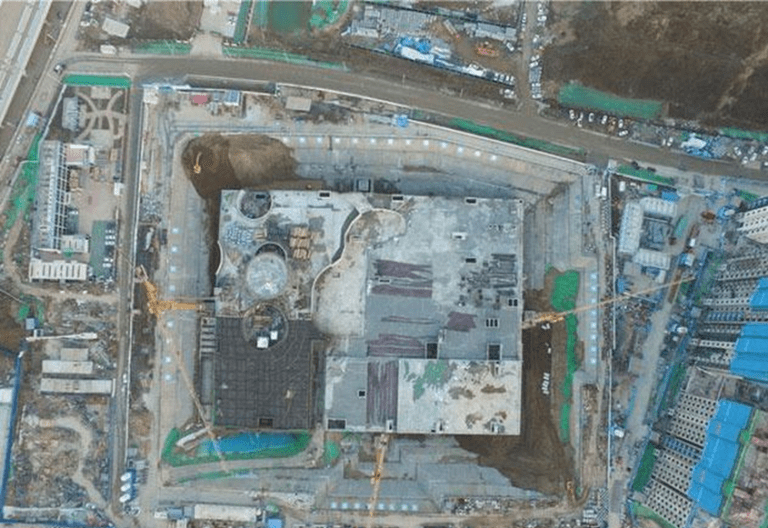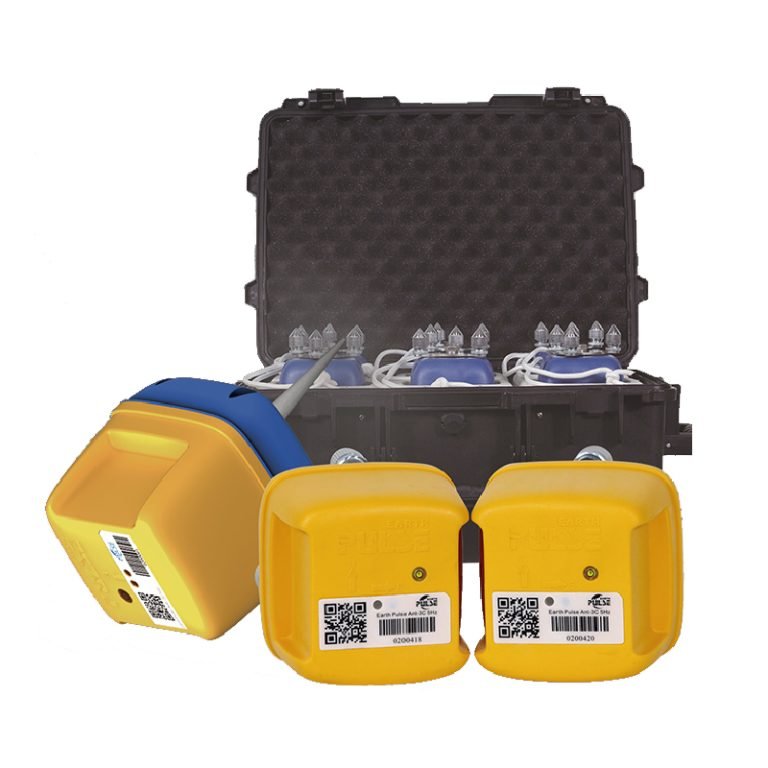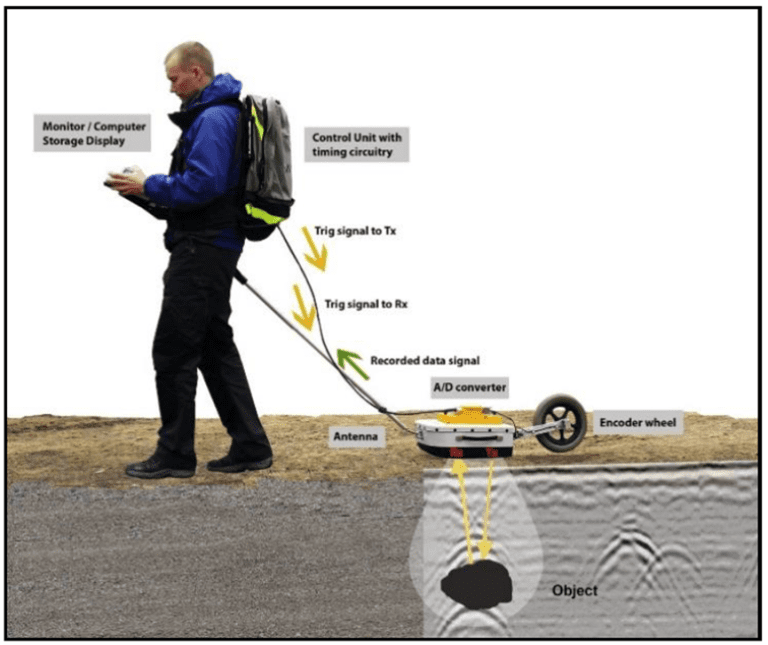Welcome to Geotech!
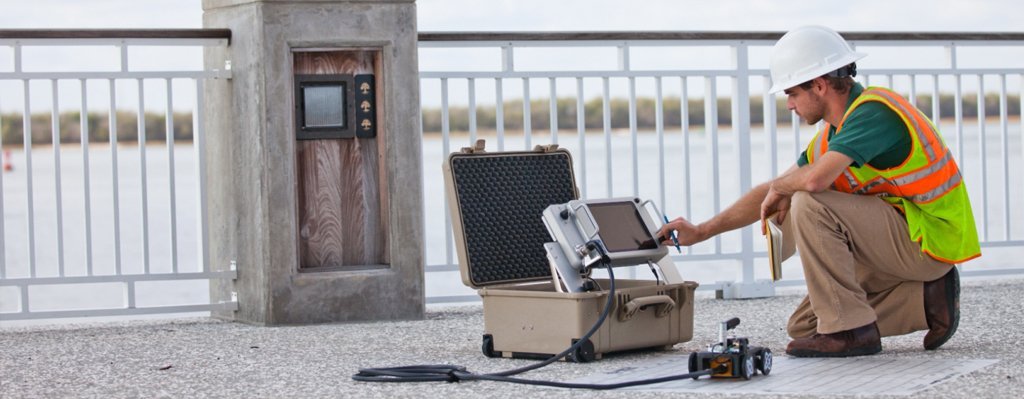
Chemical plant oil pollution investigation program
- Solutions, Electromagnetic Solutions
- 56 views
Description
Electrical Instrument Solution:Chemical plant oil pollution investigation program
Ⅰ.Program introduction
Commissioned to conduct oil slick pollution distribution detection for a chemical plant in A city, the main objectives are:
①Detect the range and depth of oil slick contamination in the site area.
②Verify the test results of MIP on site.
Ⅱ.Survey method
We adopted Wenner-Schlumberger Array for the ERT Survey. The Wenner array has better resolution for horizontal layered structures, and the Schlumberger array is relatively sensitive to vertical structure detection. Spacing between each electrode is 1m, and a total of 6 ERT lines are arranged in the survey area.

Ⅲ.Equipment
The survey was conducted using the WGMD-4 centralized high-density electrical method system, and the survey point information was collected using RTK.
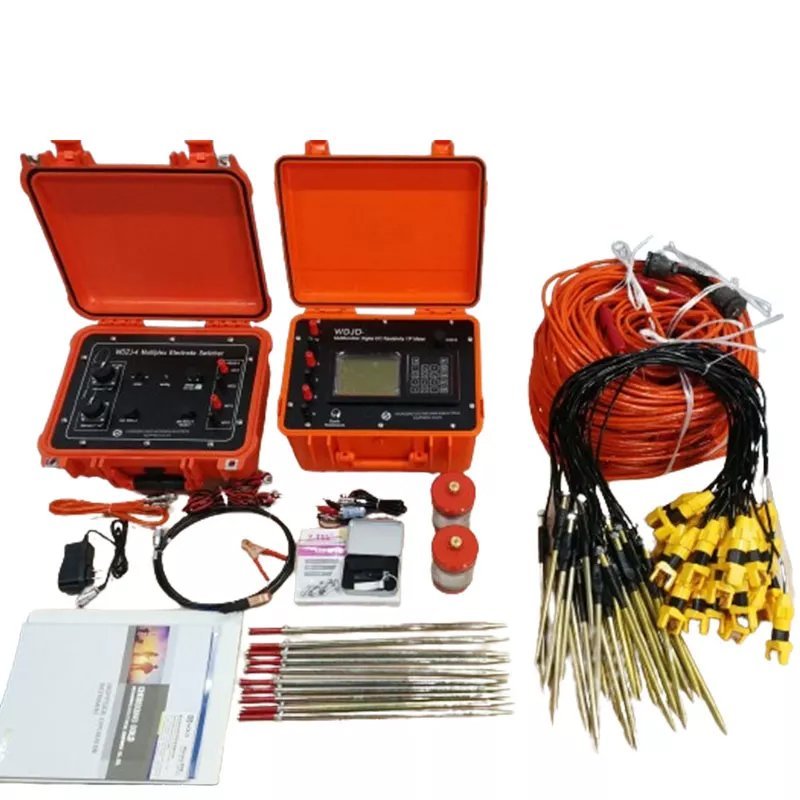
Ⅳ.Line measurement solution
The use of high-density resistivity method to detect the area of large area suspected of oil slick pollution distribution by physical prospecting technology, a total of 6 high-density electrical survey lines with an effective length of 4,000 square meters, can target the scope of the site oil slick pollution, depth, abnormal signal areas and other basic conditions, to provide the owner with complete information on the characteristics of the subsurface.


Ⅴ.Analysis of electrical method results
1.The background ERT results The resistivity of the entire background is between 21~1000Ohm-m. The electrical resistivity in the longitudinal direction is a “high-low” changing electrical distribution. Therefore, based on the field data and the characteristics of the resistivity medium, it is speculated that the resistivity higher than 1000 ohm-m or lower than 20 ohm-m is an abnormal block.

2.Interpretation of 2D detection results

The overall line resistivity of the field can be roughly divided into two layers. The first layer is a continuous relatively high resistance layer with a depth of about 0-1.8 meters, and the resistivity range is between 120-500 Ohm-m which may be caused by surface backfill or construction waste. The second layer is below 1.8 meters in depth and the resistivity is less than 120 ohm-m, which is speculated to be an abnormal area. This abnormality is an area where pollution is easy to gather and may be weathered if oil products are contaminated. The average depth of the pollution anomaly is 3-7 meters, the shallowest position of the pollution is about 2 meters, the deepest position of the pollution exceeds the measured depth of the line by 10 meters, and the anomaly is not closed downward.
3. Interpretation of 3D detection results



Ⅵ.Conclusion
The average depth of the abnormal distribution of pollution in the investigation area is about 3-7 meters, the deepest is about 12 meters, the depth of the most serious pollution range is about 4-6 meters. Where the resistivity is relatively lowest area, it may be severely weathered oil.
The distribution of pollution in the survey area is about 1287 m².
FAQ
The double tap has a large current and can be used for IP testing to get more accurate data.
High-density apparent resistivity method is an array prospecting method, also known as automatic apparent resistivity system, which is developed from direct current method. Its function is equivalent to the combination of quadrupole sounding and electrical profiling method. The artificial electric field is formed by supplying electricity to the underground through electrodes. The distribution of the electric field is closely related to the distribution of the resistivity of the underground rock and soil medium. By measuring the artificial electric field at different parts of the surface, the distribution of the apparent resistivity of the underground medium is understood, and the underground geological structure is inferred and interpreted based on the distribution of the apparent resistivity of the rock and soil medium.
The principle of high-density electrical method is the same as that of traditional resistivity method. It is a combination method of multiple devices and multiple pole distances that integrates electrical depth sounding and electrical profiling method, which can obtain the conductivity characteristics of two-dimensional underground media. It has the characteristics of multi-device data acquisition in one pole arrangement, and highlighting abnormal information by obtaining ratio parameters, which greatly increases the amount of collected data, improves work efficiency, and ensures the accuracy and reliability of the pole running process.
This method is particularly sensitive to the water content of the surrounding rock. If the surrounding rock is broken and contains water, its apparent resistivity is significantly reduced. The apparent resistivity of intact and hard rock and soil is significantly higher than that of the surrounding rock in the fault zone or broken zone and water-rich zone. This method has a clear principle and intuitive images. It is a geophysical method with high resolution. In recent years, with the improvement of computer data acquisition technology, the exploration efficiency has been greatly improved, the coverage area and detection depth of the profile have been increased, reliable data can be obtained in a strong interference environment, the signal-to-noise ratio has been greatly improved, and the geological body can be accurately detected. This method has been widely and successfully applied in engineering and hydrogeological exploration and exploration of mineral and water resources.
(1) Application in coalfield and mine goaf detection
(2) Non-destructive detection of termite nests in dam foundations
(3) Karst and foundation surveys of railways, roads and tunnels
(4) Delineation of stratum lithology boundaries
(5) Survey of the leakage range of landfills
(6) Ancient tomb surveys
(7) Detection of sewage pipes
(8) Non-destructive testing of leakage in reservoirs and river dams
(9) Detection of bedrock fracture zones
(10) Soil salinity and water quality surveys
(11) Detection of ancient tunnels, air-raid shelters, metal burial sites, etc.
(1)The high-density resistivity method is based on the resistivity method, so it is suitable for all underground explorations with obvious conductivity differences;
(2)Any medium underground will have a weak polarization potential at the moment of power on and off, which will affect our measurement of the true potential difference. When the electrode distance is small, the loop current is large, which has little effect on the measurement results; when the electrode distance is too large, the interference potential is close to the effective potential, which has a greater impact on the measurement results. Therefore, due to the influence of the power supply electrode distance, the exploration depth cannot be too large, generally within 100m. When the conductivity of the soil medium is good, it can be appropriately increased, and the exploration depth in the soil medium with poor conductivity is appropriately smaller;
(3)It is generally less used in cities, near large transmission lines, etc. due to site restrictions and industrial stray current interference; 4. In areas such as concrete pavements and exposed bedrock surfaces, it is also less used due to the difficulty of electrode layout.
-1.png)



